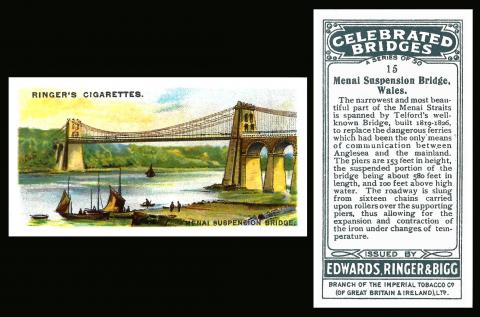
To continue our story...
We are not entirely sure of everything that happened, but Dwynwen met a young man called Maelon Dafodrill. Either he fell in love with her but she did not love him (which seems unlikely given what happened next), or she fell in love with him and he did not love her, or both fell in love and her father refused him, possibly because her father wanted to wed her to someone more useful, either to improve the family prospects or add to his territories.
Whichever of these it was, Dwywen was desolate, ran away, and prayed that her love for him would go away. Then there is more confusion. Some say an angel came and gave her something to drink, which somehow turned poor Maelon into a block of ice. Others say that God did the turning to ice, though I am not sure why, because he then answered her prayers and gave her three wishes. Her first wish set Maelon free from his icy tomb. Her second, that all lovers ever more be happy, was also granted, with a bargain that all these lovers would remember her forever more. The third does not sound like a wish, but more like the cost for this because it was that she would never fall in love again or marry, devoting herself to religion instead, and moving to Anglesey.
I am not sure how she got to Anglesey, possibly she rowed, though the tides are treacherous, and there are four tides every day. It is possible to walk across at low tide, it drops to about calf height, but you must be quick and it is not an easy walk for the sands shift frequently.
This is the first bridge across the Menai Straits and it was built by Thomas Telford - work started in 1819, and it opened in 1826. It was called the Menai Bridge, and was the first iron suspension bridge in the world. It is still possible to use it to this day.
However there is another bridge in this set, at card number 16, which is called the Britannia Tubular Bridge, and that was built beside the Menai Bridge by Robert Stephenson in order to allow the railway to go all the way from London to Holyhead in Anglesey and pick up a boat for Ireland. It was started in 1846 and completed in 1850, with the final rivet being driven home by Stephenson himself. That bridge lasted for many years, until it was badly damaged by fire in 1970 and then the tubes were replaced by concrete, mainly so that both trains and cars could use it at the same time.
This set appears in our original World Index as "CELEBRATED BRIDGES. Sm. Nd. (50) See H346". H.46 is the handbook and that says it was issued twice more, earlier by John Player, which turns out to have been in November 1903, and later by Faulkner, which turns out to have been in 1925. The Player cards are not numbered, and you can see an example of that as our card of the day for March 10th 2022 - the other two sets are, and they are also slightly different to the Player set as far as captions, so more research is due. In our original and first ever reference book, to Faulkner, it adds that the printer was Mardon, Son and Hall. A quick look at my 1950 L.C.C.C. Catalogue tells us something else, that whilst the Player set retailed for between 2/6 and 6/- a card, or £15 a set, the other two versions were listed at 1/6 a card and 100/- a set.
